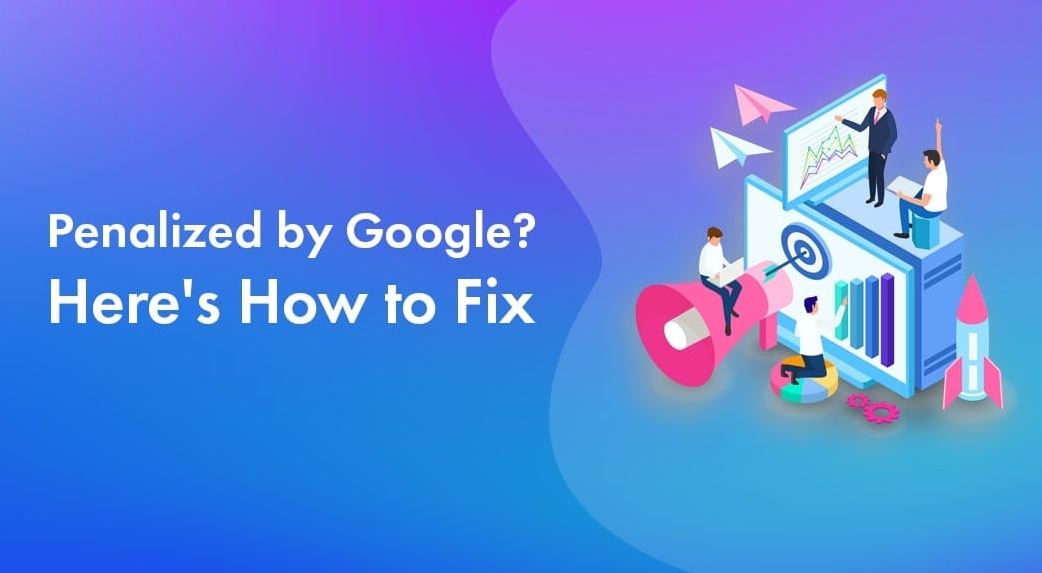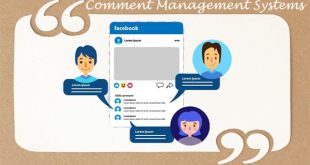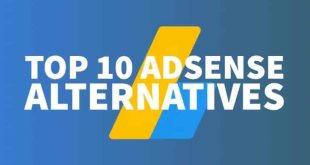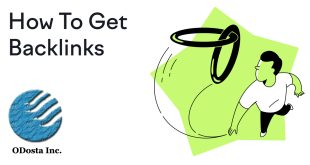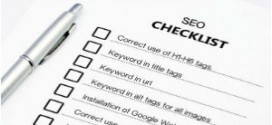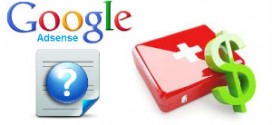If Your Website is Penalized by Google What Should You Do: Google’s on an uncompromising mission. It needs to give its clients access to precise data, novel substance and the finest authors. It persistently changes and enhances its calculations so that the best of the web gets the presentation it merits. Lamentably, there’s a flipside: a punishment. That is the result of Google bringing issue with something on your site. In some cases a punishment is merited, however regardless of the possibility that you know you’re in the wrong, you presumably need to make a move.
What Is a Google Penalty?
Google has been changing its positioning calculations since December 2000. That is the point at which it discharged its toolbar expansion. At the time, the toolbar overhaul spoke to an ocean change that would make the SEO business as we probably am aware it. Truth be told, it was the first run through PageRank was distributed in an important or usable structure.
Throughout the following decade-and-a-bit, Google kept on refining the nature of its query items. After some time, it starts to take out low quality substance and raise the well done to the highest point of the SERPs. That is the place punishments – come in.
The Penguin redesign was taken off in 2012. It hit more than 1 in 10 list items overnight, wiped some destinations out of inquiry completely, pushed low quality substance off the guide and constrained analyzers to ponder their substance methodology. From that point forward, SEO experts have been extremely tuned into Google’s arrangements, dreading the following overhaul in the event that it results in a punishment for a site they’re taking a shot at.
Perceiving a Penalty
Punishments can be programmed or manual. With manual punishments, you’ll most likely be told, yet you may not generally know you’ve been focused on if the cause is algorithmic. Those punishments may take even the most experienced SEO experts off guard. For algorithmic punishments, here are some certain flame signs.
Your site is not positioning great for your image name any more. That is obvious. Regardless of the possibility that your site doesn’t rank for much else, it ought to at any rate do well on that one catchphrase. Any page one positions you had are slipping back to page a few with no activity on your part. PageRank for your site has mysteriously dropped from a respectable a few to a gigantic zero (or a measly PR of one).
The whole site has been expelled from Google’s stored list items overnight. Running a site looks – site:myawesomewebsite.com catchphrase – yields no outcomes.
See Also: How to Build Quality Back links for Your Blog or Site
You’re posting – when you in the long run discover it in Google – is for a page on your site other than the landing page. On the off chance that you see one or a greater amount of these elements, you can be almost certain that a punishment has influenced your site.
Why Has Google Penalized My Site?
Google is ceaselessly tweaking and updating the way it files content.
While it publishes pieces of information about its calculation upgrades, it once in a while tells the truth about the greater part of its purposes behind changes. Settling things can be extreme.
To get you off in good shape, here’s the part you’ve been sitting tight for: 50 basic purposes behind Google bringing some problems to your site. While I am not saying I know the unequivocal explanations behind a punishment, we do realize that these components all contribute.
Purchasing joins
Some swear it doesn’t happen, yet real confirmation is blended. Purchasing connections could unquestionably be seen as an endeavor to control PageRank, and in that lies the discussion. On the off chance that you’ve been purchasing awful connections (and heaps of them), your activities could have made up for lost time with you.
Over the top proportional connections
Swapping connections was at one time a guiltless promoting strategy until it began to be mishandled. On the off chance that you’ve been trading heaps of connections with customers, it could be seen as a control endeavor.
Copy content
Ideally this current one’s self-evident: any copy content on your site makes it less valuable in Google’s perspective, and that could bring about a punishment. Ensure your substance is special and elegantly composed; use devices like Copyscape and CopyGator as well
Abusing H1 labels
Effectively organizing content assists with SEO. The H1 label googles to comprehend what the page is about. Over the top H1 labels could be seen as an endeavor to pump Google’s posting with catchphrases.
Interior 404s
Google needs to realize that you tend to your substance and weed out any blunders and issues. In case you’re conveying 404s inside your own particular site, it’s a certain flame flag that your clients aren’t getting the data they request.
Joins from destinations in another dialect
This one appears to be out of line, correct? You have a true blue connection from a customer in another nation, yet it’s in fact meant something negative for you. All things considered, Google’s thinking is sound: clients by and large have a tendency to incline toward one dialect, so connecting to locales in another dialect isn’t that helpful for them.
Catchphrase stuffed substance
There are a wide range of abnormal and awesome “standards” about catchphrase thickness in substance. In all actuality none of these standards are demonstrated, and a high catchphrase thickness is a banner for inadequately composed substance.
On the off chance that Google distinguishes an unusually high number of watchwords in a page, it might punish you – appropriately or wrongly.
Footer joins
Some web originators use footer joins as a navigational guide; some attempt to control PageRank by utilizing the footer as a spot to pass join squeeze unnaturally. There’s a short examination about this on Moz.
Missing sitemap information
Google utilizes the XML sitemap to parse your site’s structure and figure out how it’s assembled. Ensure your XML sitemap is accessible and cutting-edge, and after that submit it in your Webmaster Tools account.
EMD Domains
While Domains names aren’t that dangerous in themselves, area names with watchwords in may be. Consider the grapple content connecting issue: on the off chance that we over and over connection to that area, Google may see that as stay content control. On the off chance that you do utilize an accurate match area, ensure it has a lot of incredible substance on it, generally Google will accept you’re attempting to trick individuals into clicking.
If you’ve checked all and still could not understand the penalty reason than we recommend you to check your site with popular Google Penalty Checker Tools.
 ODosta Inc. Create Your Own Tech World
ODosta Inc. Create Your Own Tech World

